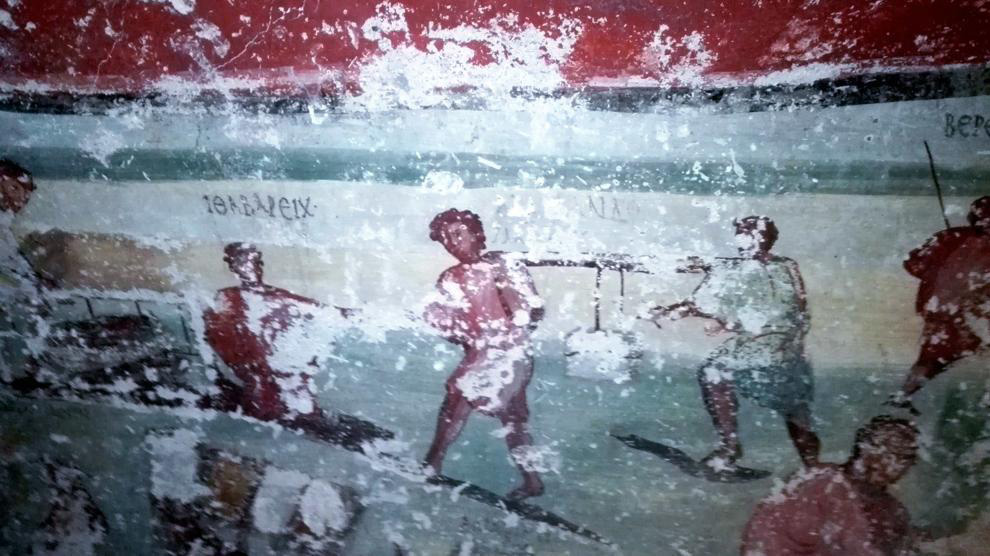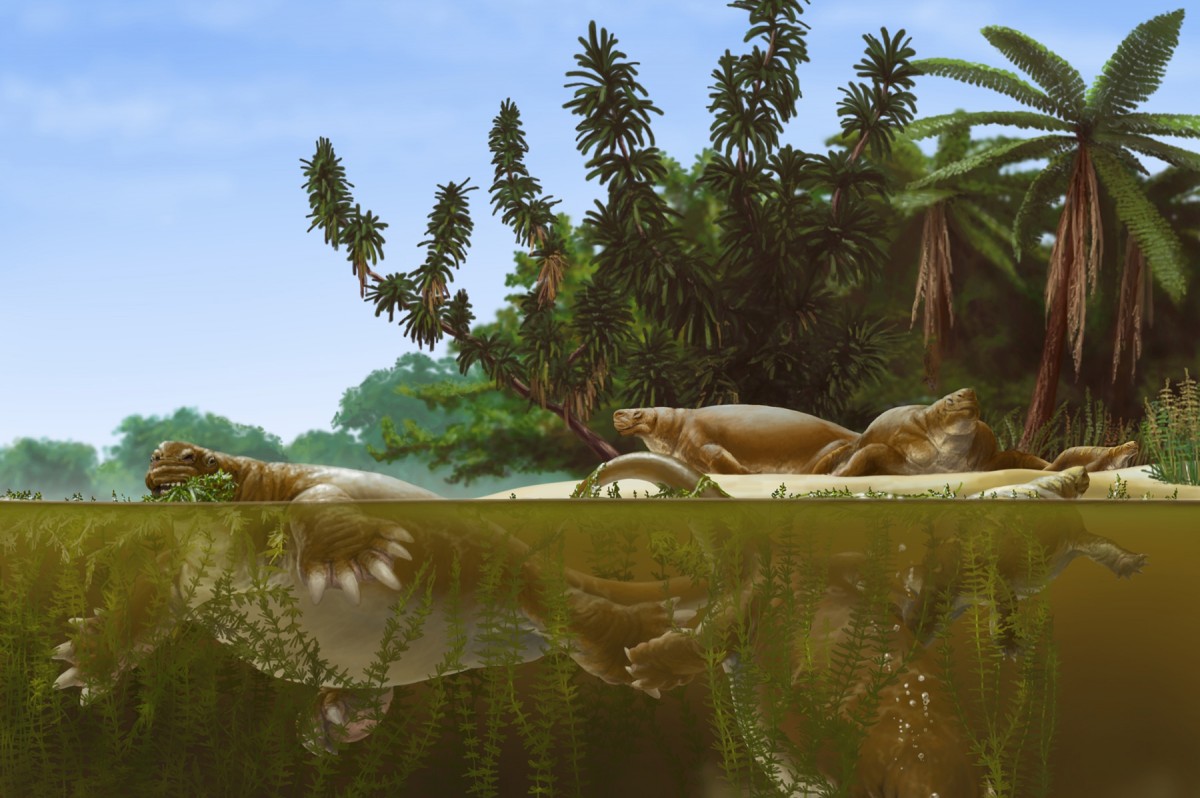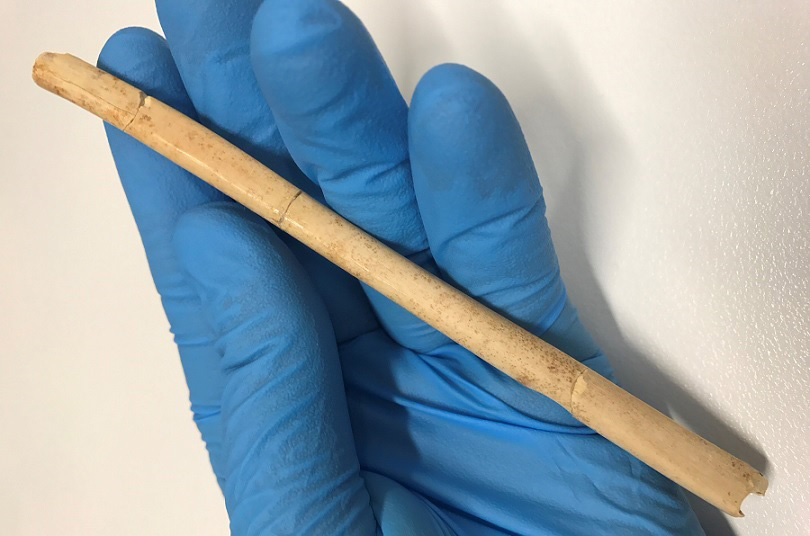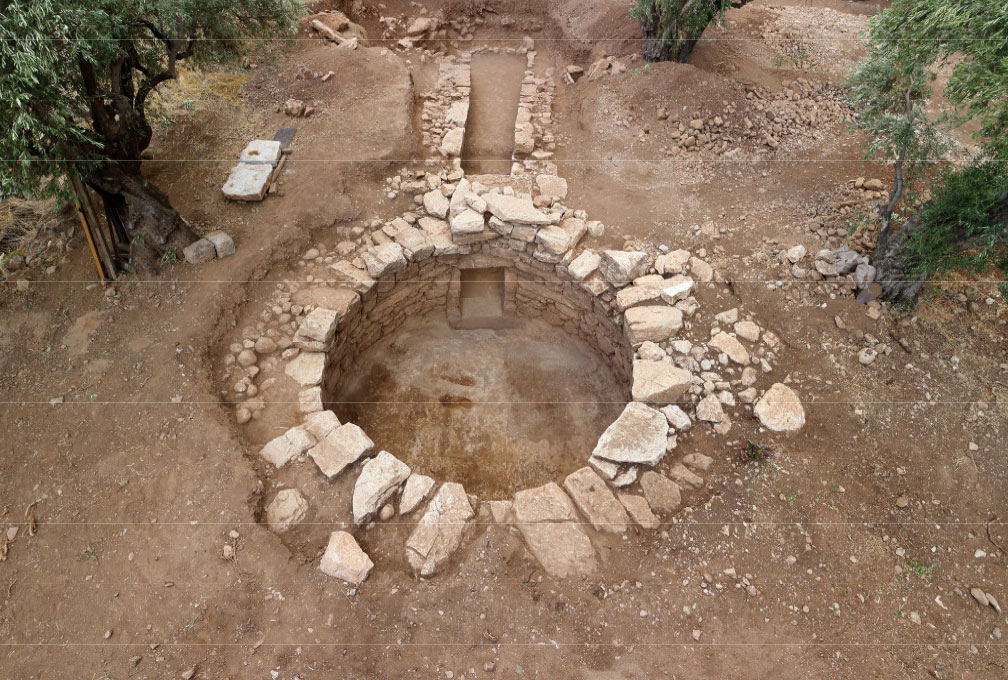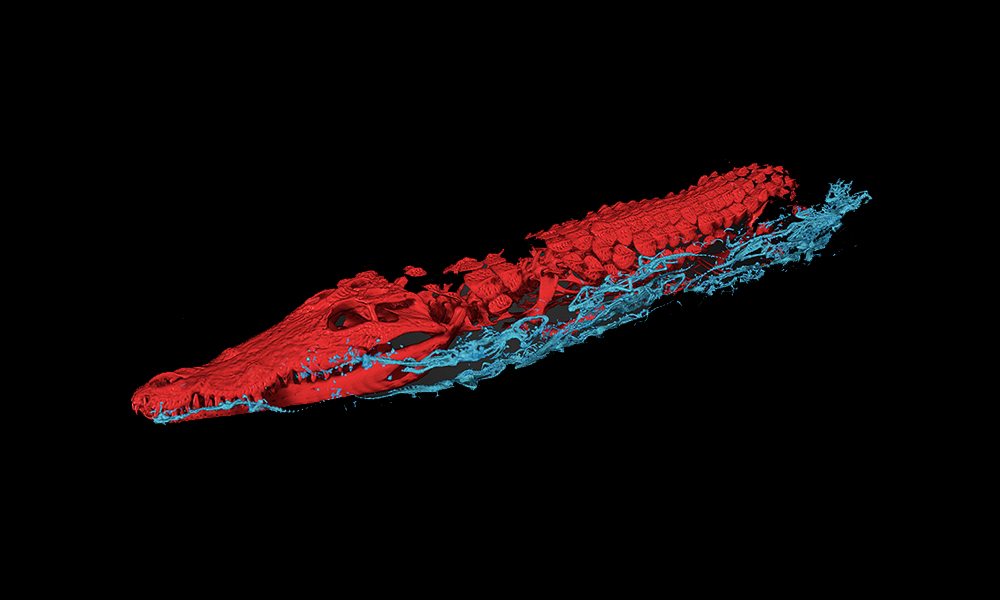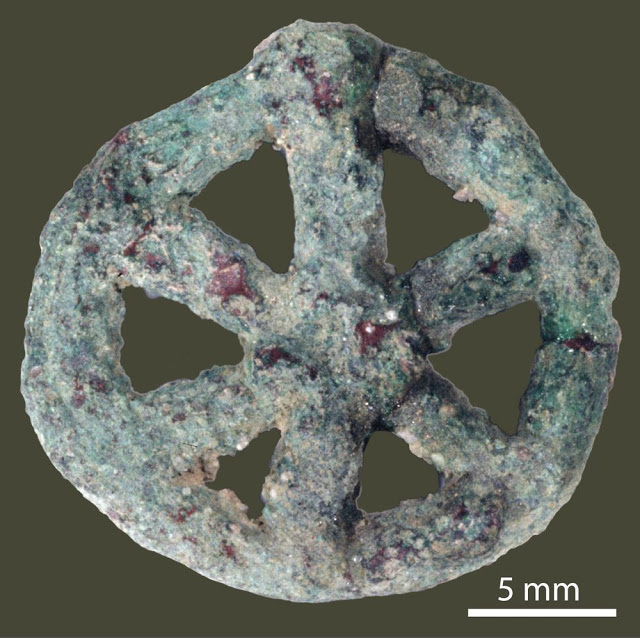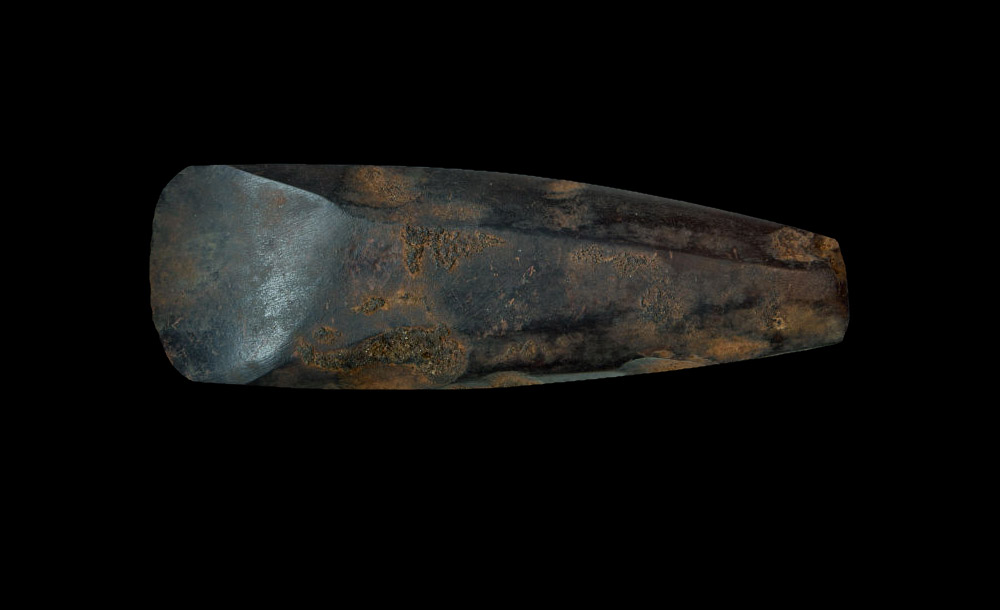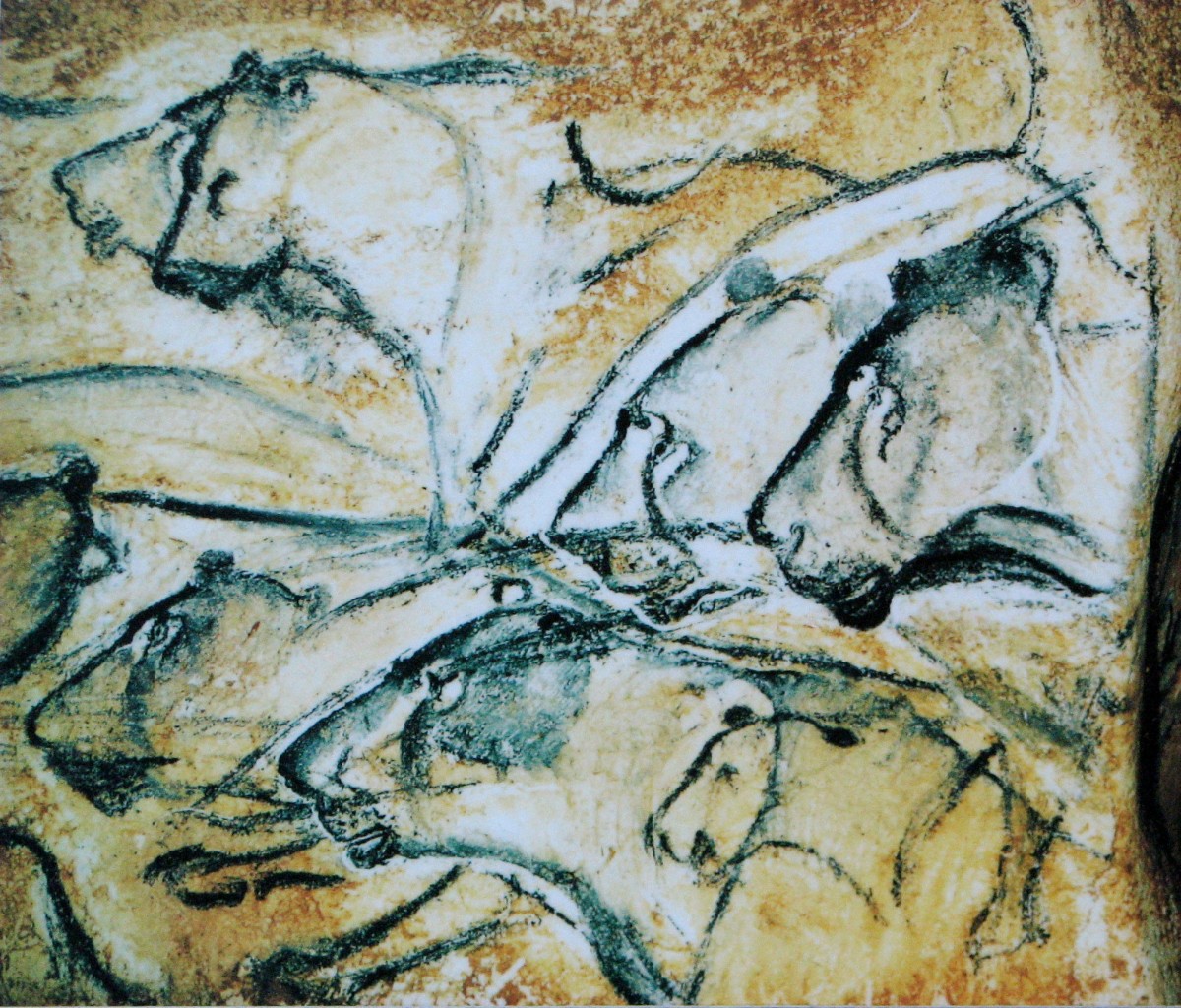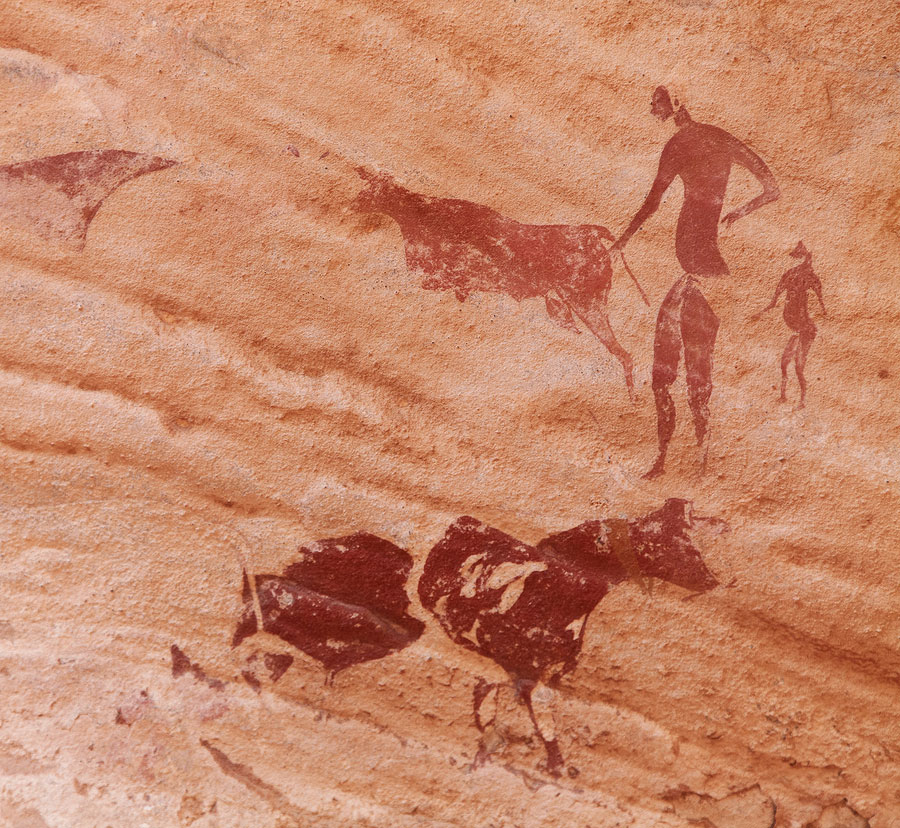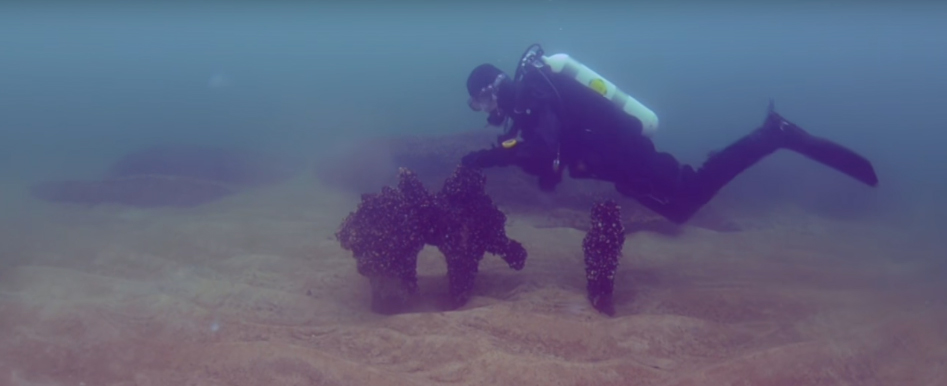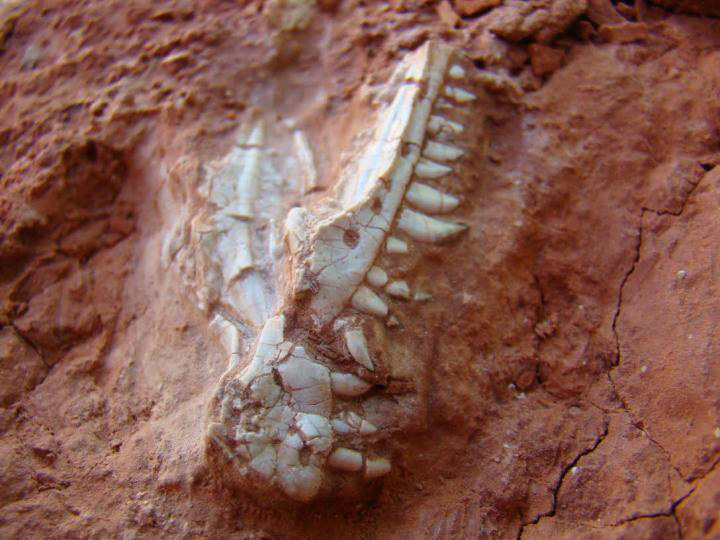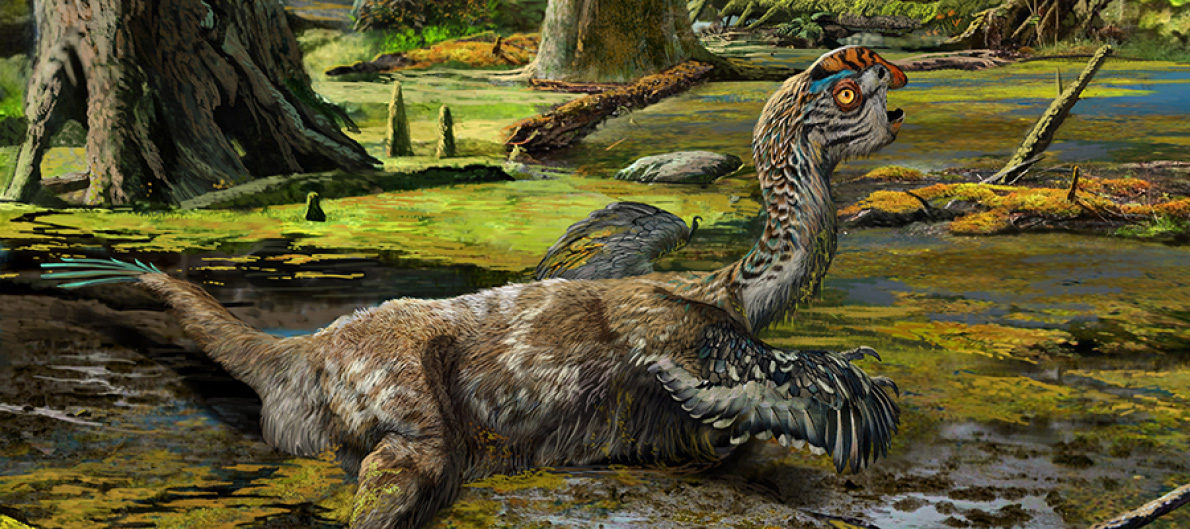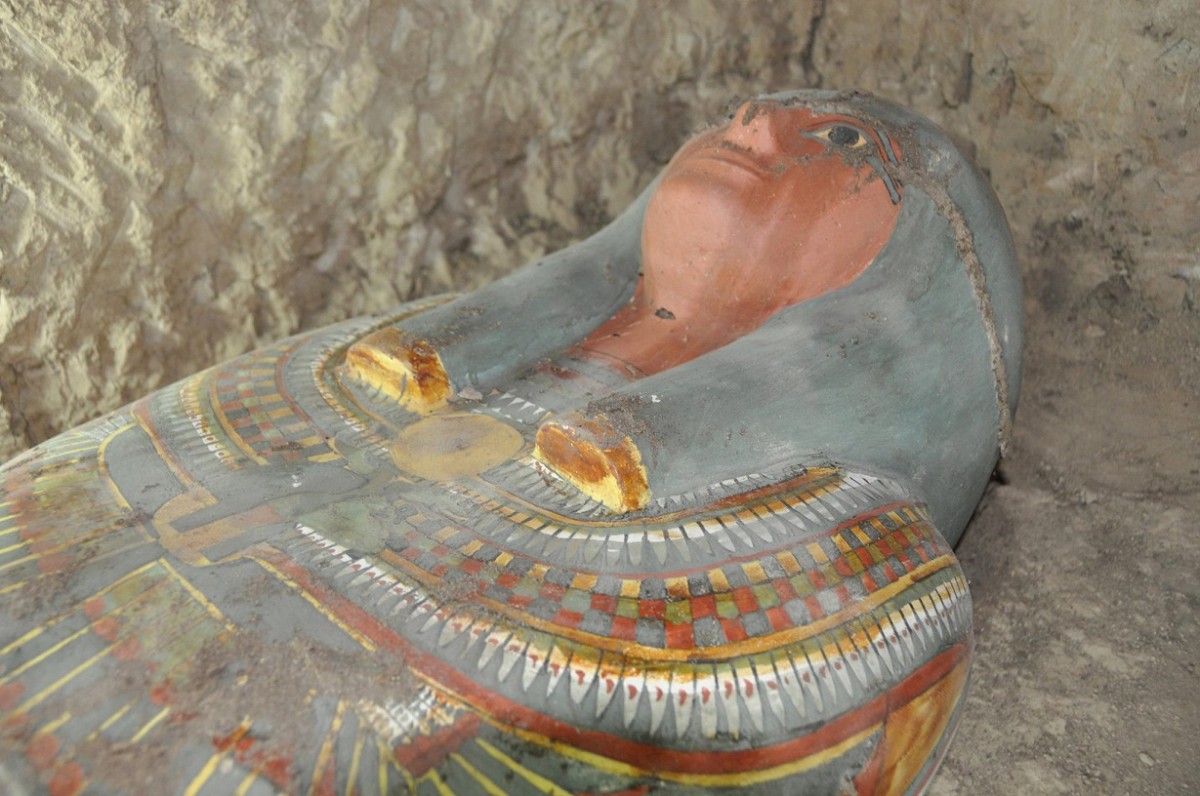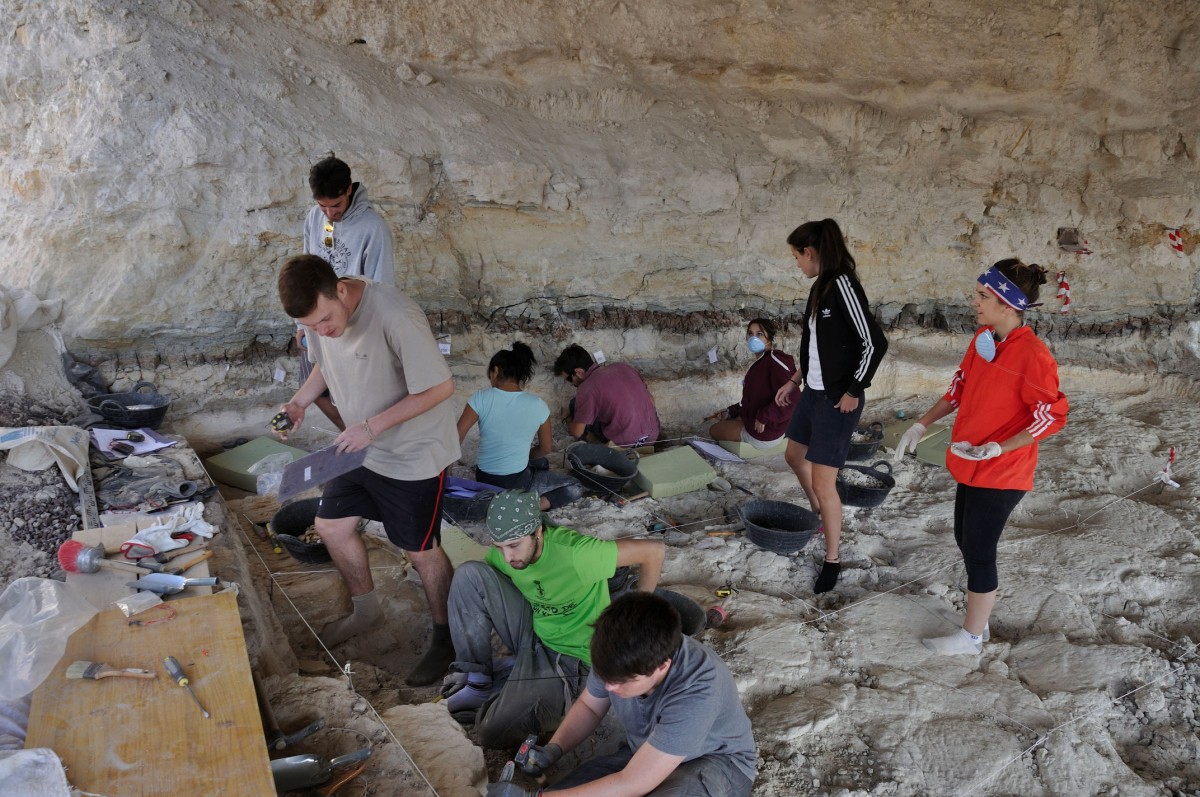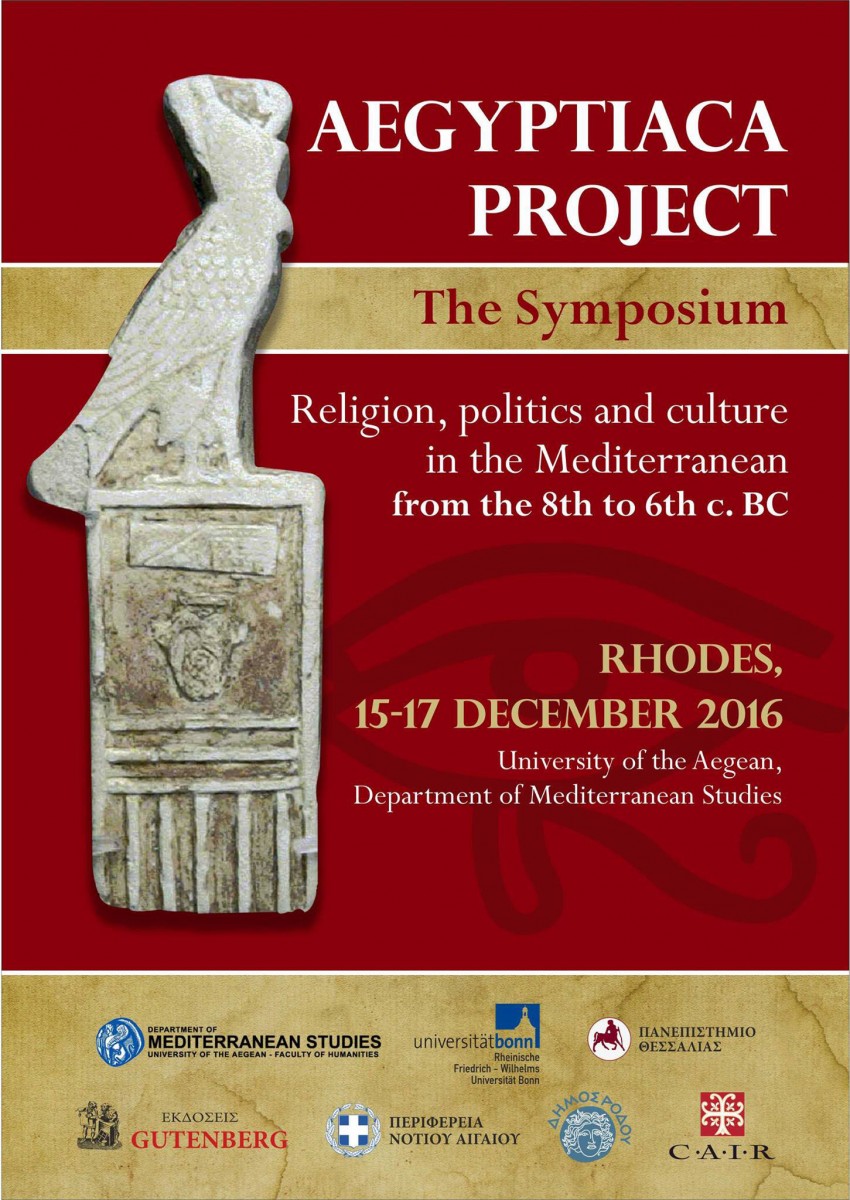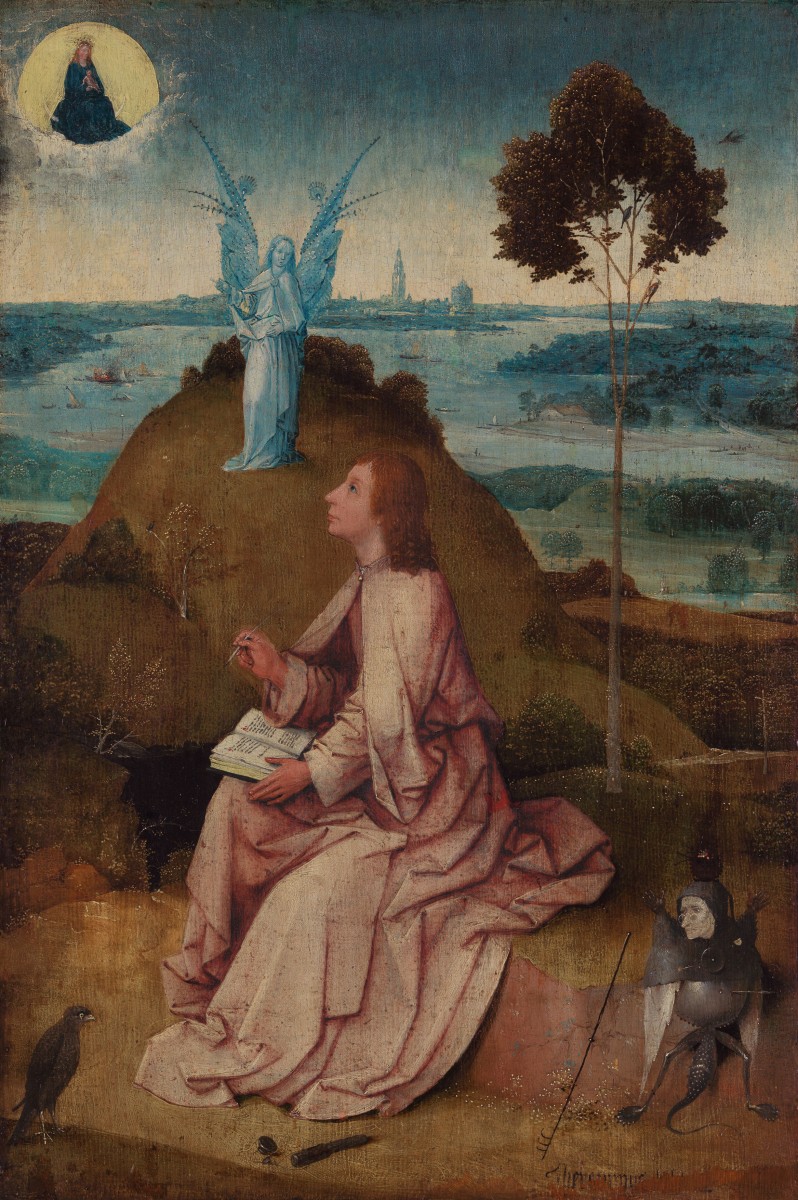Early Byzantine tomb found in Beit Ras
A Byzantine tomb has been discovered in the northern city of Beit Ras, during works to expand the local sewerage network.
Diaphragm much older than expected
Researchers examined breathing in extinct caseids and came to the surprising conclusion that the diaphragm evolved about 50 million years earlier than previously assumed.
Kangaroo-bone nose piercing implement is Australia’s oldest Indigenous jewellery
Australia's oldest-known piece of Indigenous jewellery has been unearthed in the Kimberley region of northern Australia by archaeologists at The Australian National University.
Life in Earth’s soils may be older than believed
Way before trees or lichens evolved, soils on Earth were alive, as revealed by a close examination of microfossils in the desert of northwestern Australia.
Discovery of rare Anglo-Saxon burials is revealed
Archaeologists have uncovered an important Anglo-Saxon cemetery in an excavation at Great Ryburgh in Norfolk.
Words and bones tell a similar story about deep history
Ancient language families linked to anthropological features, say Tübingen researchers.
Egyptian giant crocodile mummy is full of surprises
The three-metre-long mummified Egyptian "giant crocodile", one of the finest animal mummies in the Dutch National Museum of Antiquities (Rijksmuseum van Oudheden), turns out to be literally filled with surprises.
Novel imaging approach reveals how ancient amulet was made
Researchers have discovered how the earliest lost-wax cast object known was made, using a novel UV-visible photoluminescence spectral imaging approach.
The secret of the 22 oil lamps
A Roman-era pot filled with oil lamps and coins puzzles Swiss archaeologist in Canton Aargau.
Archaeologists study earliest recorded human burial site in Ireland
Archaeologists have shed new light on the belief systems of early Mesolithic hunter-gatherers after analysing grave offerings from the earliest recorded human burial site in Ireland.
Autism and human evolutionary success
"It is the rise of collaborative morality that led to the possibility for widening the diversity of the human personality," researchers from University of York argue.
Rare cache of gold and silver offerings found in Canaanite Gezer
The trove was discovered within the foundations of a building, suggesting the objects were put there deliberately as offerings to the gods, to bless the building.
Early evidence of dairying discovered
New multidisciplinary study emphasises the existence of diverse use of animal products in the northern Mediterranean Neolithic.
Underwater Stone Age settlement mapped out
Researchers have interpreted recent archaeological and geological findings as an old lagoon environment around 9,000 years ago.
Dinosaurs’ rise was ‘more gradual,’ new fossil evidence suggests
The discovery made in Brazil represents the first time that a dinosaur and a dinosaur precursor have ever been found together.
Dinosaur discovery casts light on final flurry of animals’ evolution
A fossil that almost went undiscovered is giving clues to a family of dinosaurs that flourished just before the mass extinction.
Third Intermediate Period tomb found in Luxor
The Spanish-Egyptian archaeological mission working at the Temple of Millions of Years of King Thutmose III, at Al-Deir Al-Bahari on Luxor's west bank, uncovered a Third Intermediate Period tomb at the temple’s southern enclosure wall.
Large Gallo-Roman villa found In Brittany
It is thought that such a massive villa served as the country home of a rich and politically prominent noble family, probably of the Curiosolitae people.
Evidence of human activity 1.4 million years ago in Orce, Granada
During the last campaign at the site of Barranco León in Orce, Granada the research team found remains of stone carving along with cutting and fracturing marks on the bones of animals that lived in the area.
Aegyptiaca Symposium
It focuses on the Egyptian and Near Eastern material from the archaic Greek sanctuaries and on the re-evaluation of the Egyptian cross-cultural interactivity with the Aegean world.
Original Dinosaur Claw Sheath Proteins Preserved for 75 Million Years
Citipati osmolskae was an emu-sized dinosaur that lived in what is now Mongolia during the Cretaceous period...
Hieronymus Bosch and his pictorial world in the 16th and 17th Century
The Gemäldegalerie and the Kupferstichkabinett will stage a studio exhibition displaying their holdings of Bosch's own work, as well as copies made from it and artworks inspired by it.
